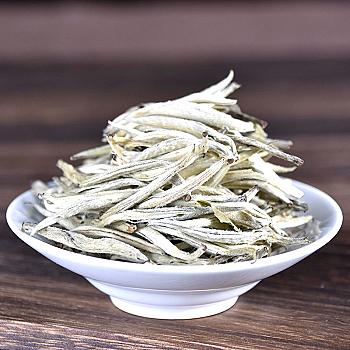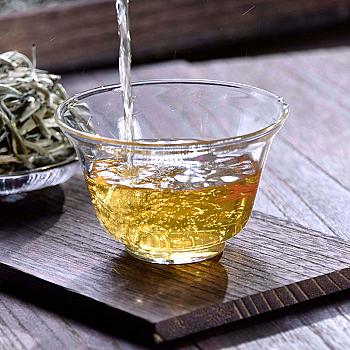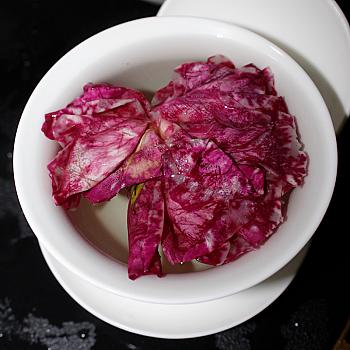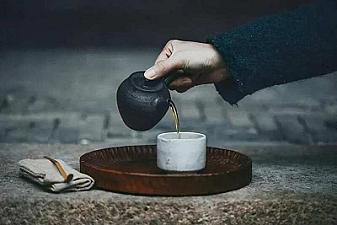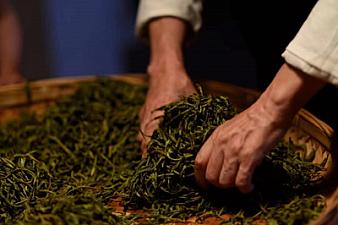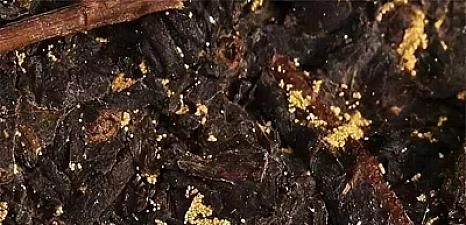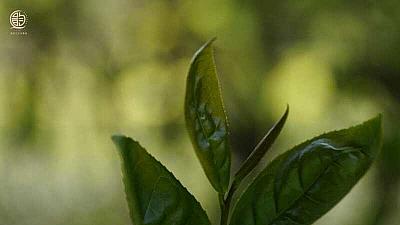
Why Are There Different Types of Tea? Understanding Black, Green, White, and Pu-erh
July 30, 2025
Why do teas vary so widely in color, taste, and style? Discover the real reason behind tea classifications and learn how fermentation and processing define your favorite brew.
A Leaf's Miracle: Why Are There Black, White, Green, and Pu-erh Teas?
Tea originated in China and has become cherished worldwide. A single leaf, through different processing, gives rise to six major tea types—among them, black tea, white tea, green tea, and Pu-erh tea stand out. Their differences lie mainly in fermentation levels.
1. Black Tea: Fully Fermented, Rich and Smooth
Black tea undergoes complete fermentation (about 80–90%). Fresh leaves go through withering, rolling, fermentation, and drying. Tea polyphenols oxidize into thearubigins and theaflavins, giving the liquor its red hue and mellow taste. Famous examples include Keemun, Dianhong, and Lapsang Souchong.
Benefit: warms the body, gentle on the stomach—ideal for those with cold constitutions.
2. White Tea: Lightly Fermented, Naturally Pure
White tea is minimally fermented, with simple processing—just withering and drying. This preserves the leaves’ original shape and nutrients. The liquor is light yellow, delicately sweet, and becomes more aromatic with age. Examples: Silver Needle, Shoumei.
Benefit: clears heat, detoxifies—great for spring and summer.
3. Green Tea: Non‑Fermented, Fresh and Refreshing
Green tea is unfermented, with high-heat “kill-green” (fixation) to prevent oxidation. The leaves retain a bright green color and fresh flavor. Famous varieties include Longjing, Biluochun, and Mao Jian.
Benefit: refreshing, full of antioxidants—energizes and clears the mind.
4. Pu-erh Tea: Aged and Post-Fermented, Earthy and Deep
Pu-erh tea is post‑fermented. “Raw” Pu-erh naturally ages; “ripe” Pu-erh undergoes pile fermentation. The result: a brew with depth, complexity, and classic aged aroma—often called “drinkable antique.”
Benefit: aids digestion, lowers lipids, protects the stomach.
